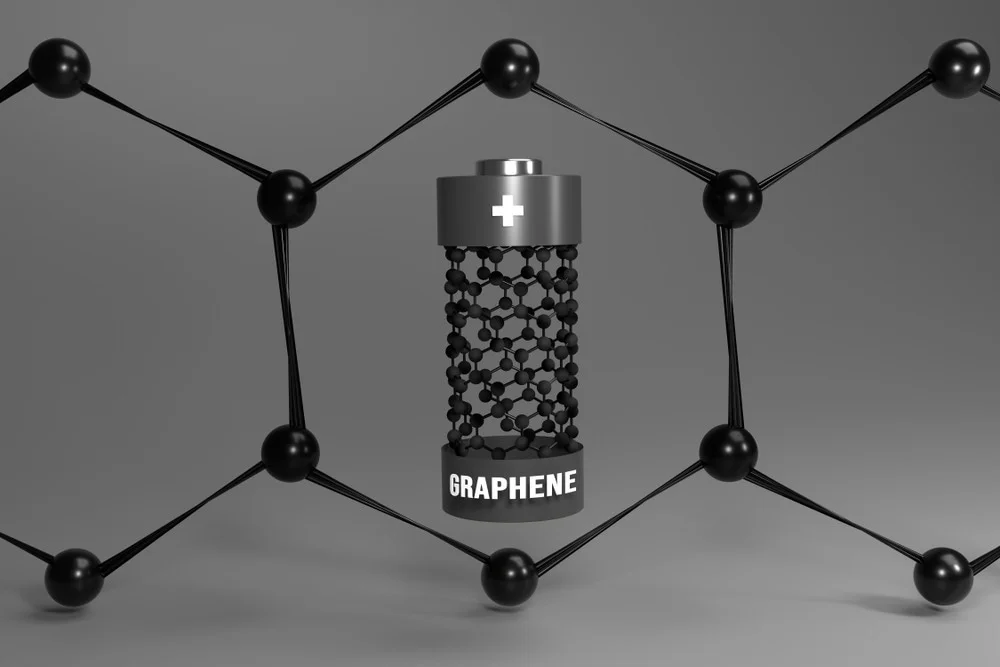Graphene batteries have the potential to revolutionize how everything is powered. From EVs to phones. With faster charging speeds, longer lifespan, and more efficiency.
What is graphene and what is a graphene battery
Graphene is a single layer of carbon atoms arranged in a honeycomb structure, making it extremely light but strong and highly conductive.
When used in battery designs.
Pros
- fast charging that can fully charge batteries in minutes.
- Longer lifespan with better heat dissipation which reduces wear and tear.
- Less energy used than traditional lithium-ion batteries.
- Light and flexible which is ideal for wearable portable and foldable devices.
- Reduces reliance on rare earth metals and could have a lower environmental impact.
Cons
- manufacturing graphene batteries is expensive.
- It is not widely used in mainstream products.
- Complex to produce which slows down manufacturing.
- And companies are still determining how useful graphene batteries will be in their products.
Applications graphene could be in are:
- EVs
- Medical devices
- Wearable tech
- phones and laptops
The future of graphene batteries has many issues for mass production due to the high cost and complexity to make. However, companies are working to find ways to solve these problems. If successful, these batteries could beat lithium-ion batteries in the battery industry.
RELATED STORIES:
https://www.caltech.edu/about/news/graphene-builds-a-better-battery
https://www.ossila.com/pages/lithium-ion-vs-graphene-batteries
https://www.graphenebatteries.no/
TAKE ACTION:





